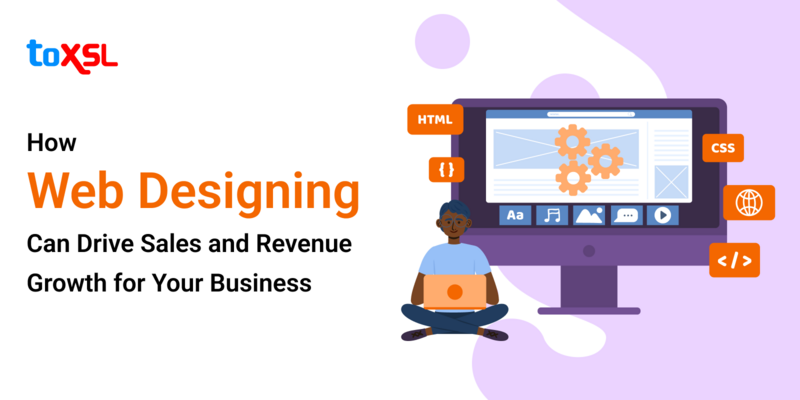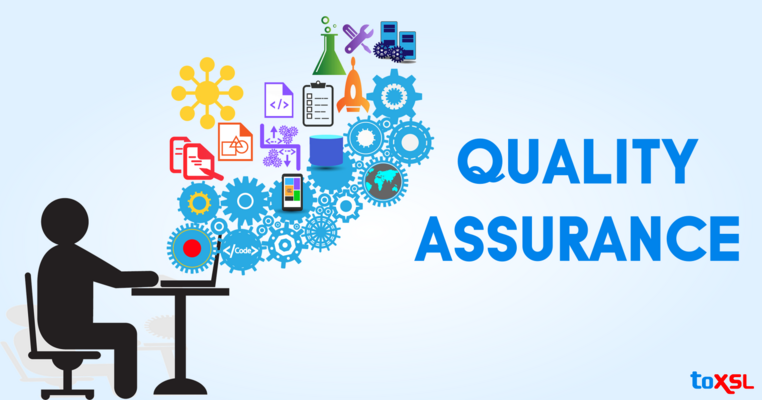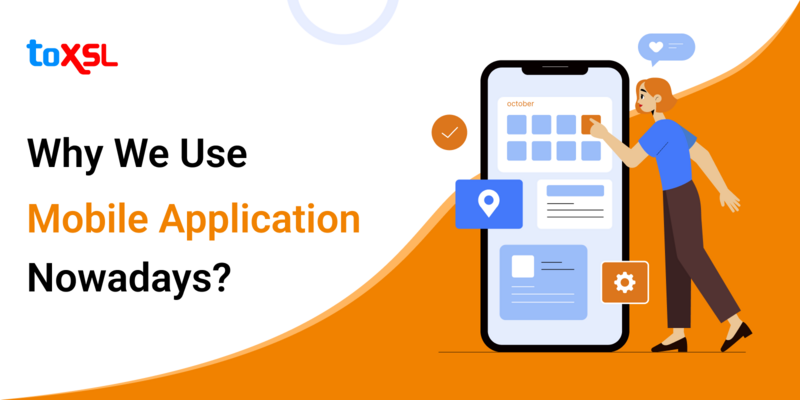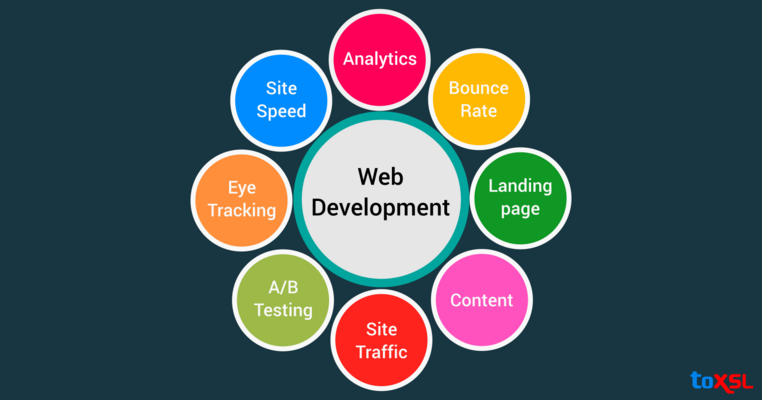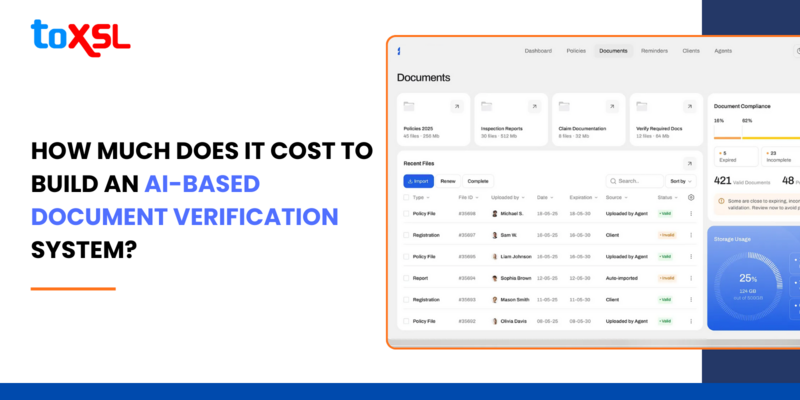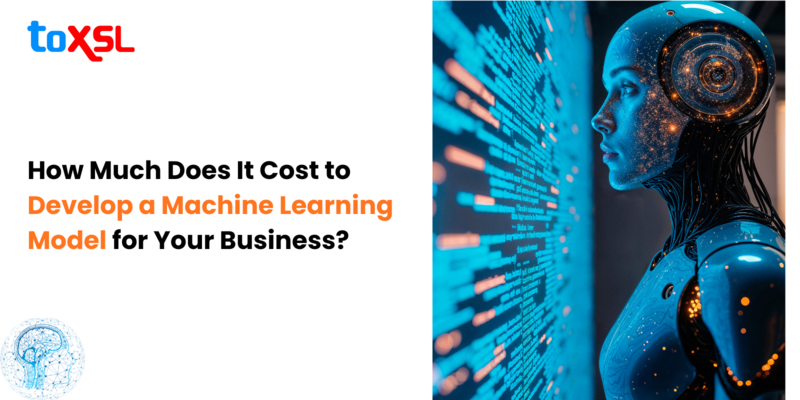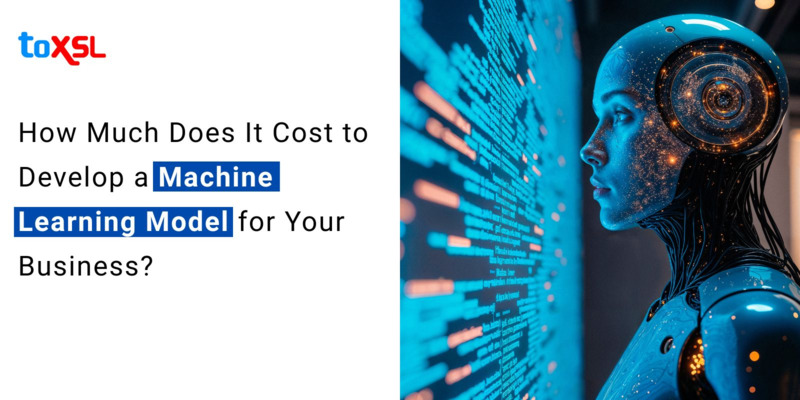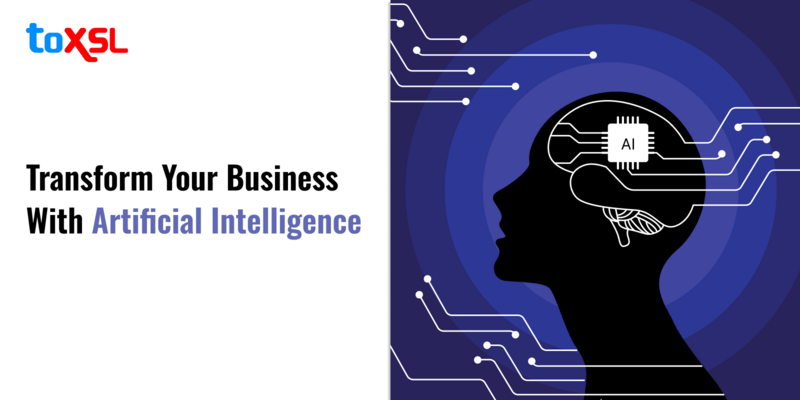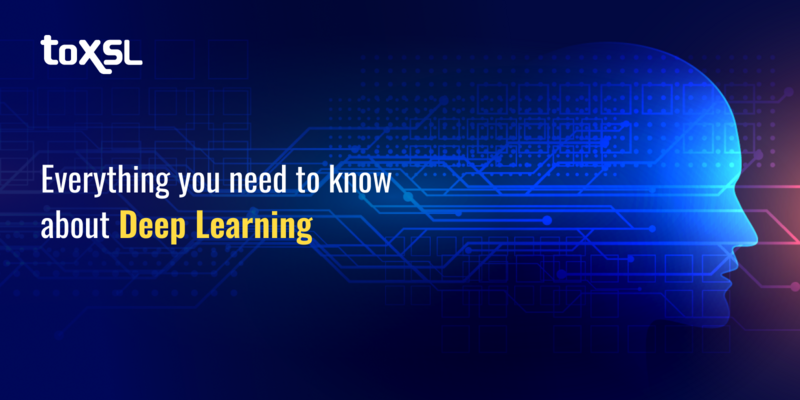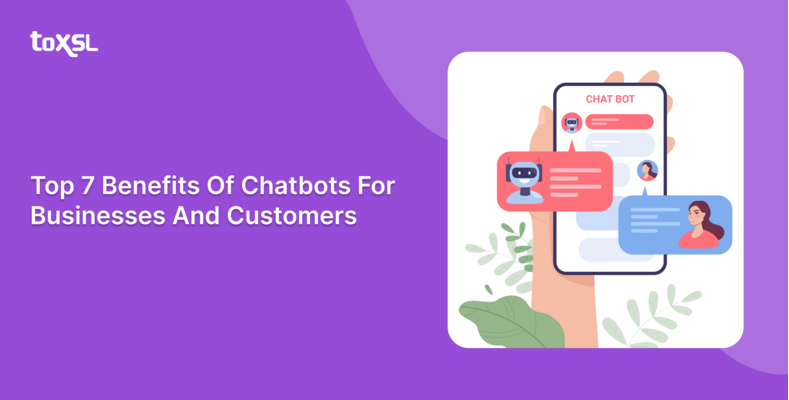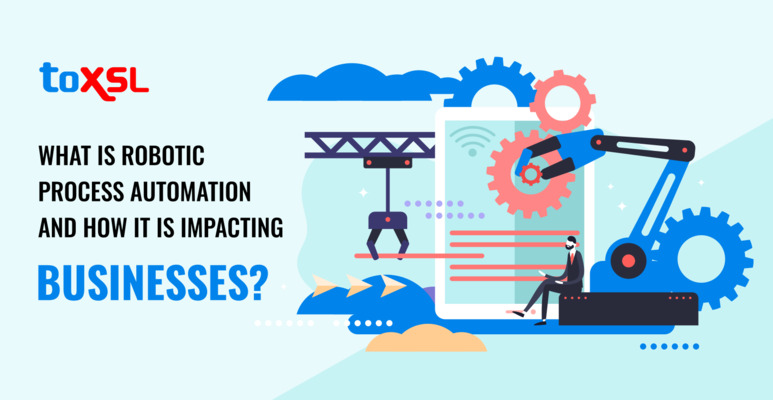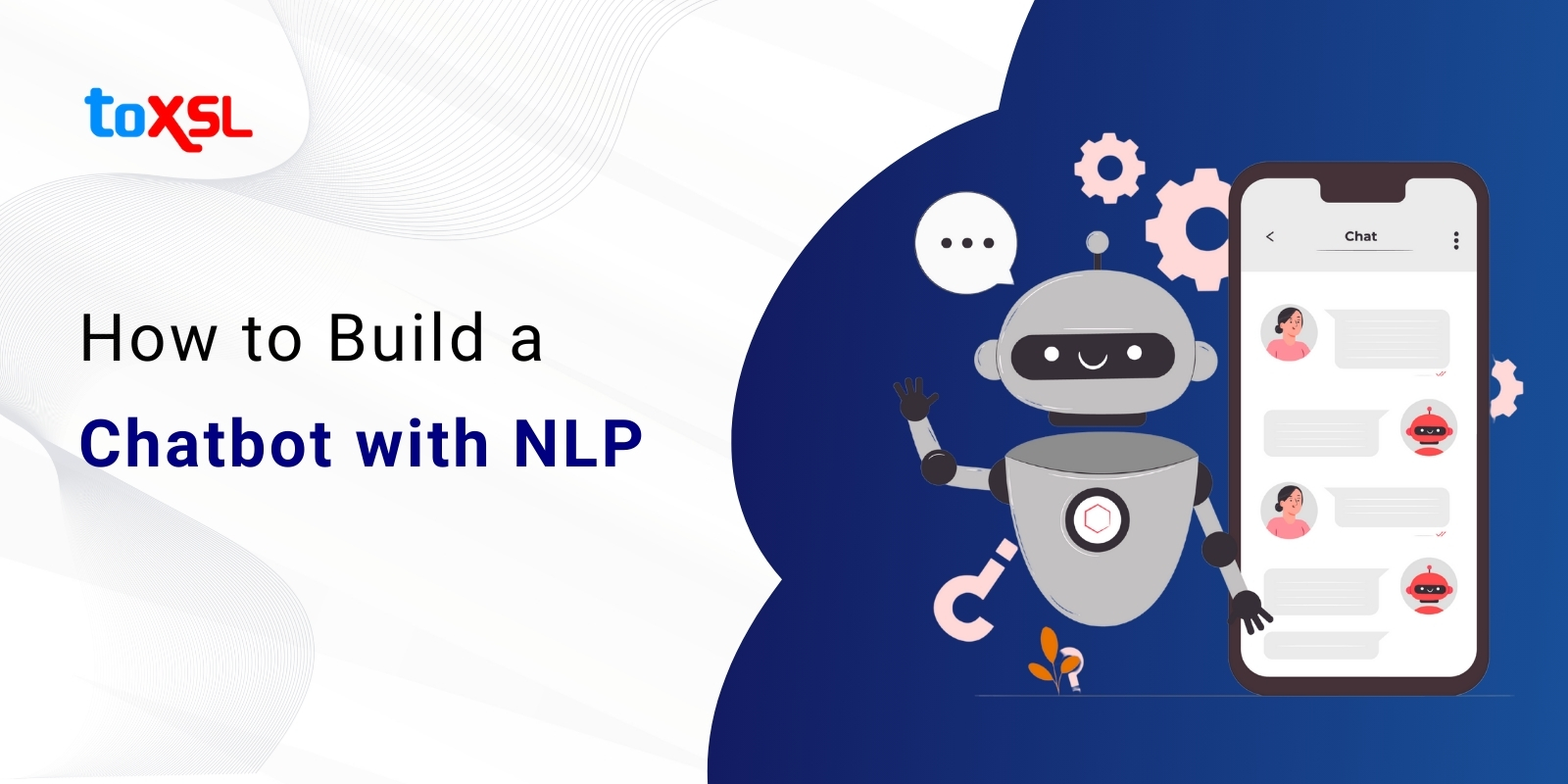
Today, more than 987 million people use AI chatbots. The global chatbot market is valued at $15.57 billion in 2025. The market is expected to grow to $46.64 billion by 2029, at a CAGR of 24.53%.
Modern chatbots are far beyond simple rules or keyword matching. They use deep natural language processing (Deep NLP) to understand, generate, and manage human-like dialogues. Traditional chatbots rely on rule-based systems, but deep NLP has transformed chatbot capabilities by enabling machines to understand context, sentiment, and intentions at a deeper level.
Key Takeaways:
NLP chatbots use artificial intelligence to understand and respond to human language naturally.
Building an NLP chatbot can range from low-cost platforms to high-cost custom development, depending on complexity.
Benefits of NLP chatbots include improved customer experience, 24/7 support, scalability, and cost savings.
NLP chatbots automate repetitive tasks and personalize interactions, freeing human resources for more complex activities.
Investing in an NLP chatbot enhances business efficiency and user engagement.
What are NLP chatbots?
NLP chatbots are conversational agents that use natural language processing techniques to understand and respond to user inputs in natural language—whether written or spoken. These chatbots analyze user queries, recognize intent, extract relevant entities, manage dialogue context, and generate contextually appropriate replies.
At their core, NLP chatbots enable humans to communicate with machines through human language rather than rigid commands or pre-set keywords. They leverage artificial intelligence and machine learning to continuously improve their understanding and responses over time.
Core Components of an NLP Chatbot
Here are the core components of an NLP chatbot:
User Interface (Front-end): This is where users interact with the chatbot, which could be a website chat window, a messaging app (WhatsApp, Facebook Messenger), or a voice-assistant interface.
Natural Language Processing Engine: The NLP engine is the core system that processes the user input. It includes two critical sub-components:
Natural Language Understanding (NLU): Decodes the meaning and intent behind the user's input, involving tasks like tokenization, intent recognition, and entity extraction.
Natural Language Generation (NLG): Constructs appropriate, human-like responses based on the understanding derived from the input.
Dialogue Manager: Manages the flow of conversation by tracking the context and state of the dialogue to ensure coherent multi-turn interactions.
Knowledge Base / Database: Stores relevant data, FAQs, rules, or integration points with external systems (e.g., CRM, booking APIs) to fetch information needed for responses.
Backend Integration Layer: Connects the chatbot to external services and databases to execute actions or retrieve dynamic data like weather updates, order statuses, etc.
Steps to Building an NLP Chatbot
Let us shed some light on the steps involved in building an NLP chatbot:
Input Processing: The user's input, whether typed or spoken, is first captured by the user interface. For voice bots, speech recognition converts spoken language into text. The text undergoes preprocessing steps such as normalization (converting to lowercase, removing punctuation), tokenization (splitting into words), and possibly spelling correction.
Intent Recognition: The processed input is fed into the NLU module, which classifies the user's intent. For example, in the input “Book a flight to New York,” the intent would be flight booking.
Entity Extraction: Along with intent, specific entities are identified from the text — e.g., “New York” as the destination city in the flight booking example. This helps the chatbot understand more detailed information from the user's query.
Context Management: The dialogue manager assesses previous exchanges in the conversation to maintain context. For instance, if a user adds “Make it tomorrow instead,” the chatbot links this to the earlier booking intent and adjusts parameters accordingly.
Action Prediction: Based on intent, entities, and context, the chatbot decides what action to take next. This could be fetching data, performing a transaction, or generating a reply. The NLG constructs a natural response, either retrieved from a predefined template or dynamically generated using language models.
Response Delivery: The generated response is sent back through the user interface, either as text or synthesized speech, completing the interaction cycle.
Learning and Improvement: Conversational data and user feedback are logged for continuous training and refinement of the NLP models, improving future accuracy and interaction quality.
Types of Natural Language Processing Chatbots
NLP chatbots come in various types, each designed to serve specific purposes and leverage different NLP techniques. Understanding these types helps businesses choose the right chatbot technology for their needs.
1. Retrieval-Based Chatbots: Retrieval-based chatbots operate by selecting the most appropriate response from a predefined set of answers based on the user's input. They rely heavily on natural language understanding (NLU) to match the user's query with stored data, but do not generate new sentences. These chatbots are effective for answering FAQs and predefined question-answer pairs, providing fast and reliable responses.
Use predefined conversational flows and response sets.
Best suited for structured tasks with limited variability.
Often integrated with content management and feedback systems.
2. Generative Chatbots: Generative chatbots create responses from scratch rather than selecting from a set of predefined replies. They typically use deep learning models and large language models (LLMs) such as GPT or BERT to understand context, generate natural language, and even learn continuously from interactions. This type of chatbot can engage in more open-ended conversations and respond to unforeseen queries.
Use deep learning and large language models.
Can handle complex, multi-turn conversations.
Adaptable and can generate personalized responses.
3. Hybrid Chatbots: Hybrid chatbots combine the strengths of both retrieval-based and generative models. They can handle routine, predictable queries with predefined responses for accuracy and speed while using generative capabilities for more complex or novel questions that require creativity and flexibility.
Blend rule-based and AI-based approaches.
Provide versatility and better user experiences.
Can escalate to human agents when necessary.
4. Contextual Chatbots: Contextual chatbots leverage advanced NLP and machine learning to understand the context within conversations. They maintain dialogue state and memory over multiple turns to provide personalized and relevant responses. These chatbots learn user preferences and histories, making interactions more human-like.
Maintain context and conversation history.
Personalize user interactions based on previous inputs.
Solve complex queries requiring a deeper understanding.
Benefits of Building a Chatbot with NLP
Building chatbots with NLP offers significant advantages that make them superior to traditional rule-based bots. Below are the key benefits:
1. Understanding User Intent: NLP enables chatbots to understand the semantics and intent behind user inputs, even if expressed in different ways or with typos, slang, or abbreviations. This deeper understanding helps deliver more accurate and meaningful responses.
2. Ability to Handle Complex: Unlike simple chatbots that rely on keyword matching, NLP chatbots can process varied sentence structures, complex inquiries, and ambiguous inputs, enabling more natural and engaging conversations.
3. Context Awareness: NLP-powered chatbots maintain conversation context across multiple turns, allowing them to provide coherent and relevant responses throughout a dialogue session, enhancing user satisfaction.
4. Continuous Learning: NLP chatbots can learn from interactions and feedback, refining their language models and expanding their knowledge base, leading to progressive improvements in performance and accuracy.
5. Multilingual Support: Advanced NLP models support multiple languages and dialects, enabling chatbots to serve diverse customer bases globally with natural communication.
6. Increased Efficiency: Automating customer service, sales support, and internal processes with NLP chatbots reduces the need for large support teams, speeds up response times, and increases overall operational efficiency.
7. Customization: By understanding user preferences and histories, NLP chatbots deliver personalized recommendations, offers, and assistance, improving customer experience and loyalty.
8. Integration with Business Systems: NLP chatbots can be integrated with CRM, ERP, booking systems, and other backend services to perform transactions, fetch dynamic data, and automate complex workflows seamlessly.
Cost to Develop a Deep NLP Chatbot
The cost to develop a deep NLP chatbot in 2025 typically ranges widely based on complexity, features, integration needs, and industry requirements.
Component | Estimated Cost (USD) |
Requirement Analysis | $1,000 – $3,000 |
UI/UX Design | $2,000 – $5,000 |
NLP Engine Integration | $3,000 – $15,000 |
Backend Development | $5,000 – $20,000 |
Database/API Integration | $3,000 – $10,000 |
Testing & Quality Assurance | $2,000 – $5,000 |
Deployment | $1,000 – $3,000 |
Post-Launch Support (6 months) | $3,000 – $10,000 |
Chatbot Complexity and Features: More advanced capabilities, such as sentiment analysis, context awareness, and generative responses, increase development time and cost.
NLP Engine and Model Training: Using premium NLP platforms like Dialogflow or IBM Watson or building custom deep learning models requires more investment.
Platform Integration: Connecting the chatbot to CRM systems, databases, or payment gateways adds to the cost.
User Interface Design: Custom UI/UX design for web, mobile, or messaging platforms influences the budget.
Security and Compliance: For industries like healthcare or finance, GDPR/HIPAA compliance elevates costs.
Maintenance and Scaling: Ongoing support, updates, and cloud infrastructure scale must be budgeted post-launch.
Conclusion
NLP chatbots represent the next evolution in conversational AI by providing more natural, intelligent, and contextually aware interactions compared to traditional chatbot systems. Choosing the right type depends on the business needs and the complexity of interactions required.
If you are interested in developing a chatbot, then you are at the right place. ToXSL Technologies is a leading chatbot app development company that has helped businesses grow and streamline their communication. Want to learn more about NLP chatbots? Contact us today.
Frequently Asked Questions
1. What is an NLP chatbot?
An NLP chatbot is an AI-powered conversational agent that uses Natural Language Processing technology to understand, interpret, and respond to user inputs in natural human language. Unlike rule-based chatbots that rely on fixed scripts, NLP chatbots can handle more complex and varied conversations by recognizing intent and extracting relevant information from text or speech.
2. How do NLP chatbots understand user queries?
NLP chatbots process user queries through multiple steps, including tokenization (breaking text into words), intent recognition (understanding the user's goal), and entity extraction (identifying key elements like dates, locations, or product names). They use machine learning models trained on large datasets to interpret the meaning behind varied sentence structures and phrasing.
3. What are the main types of NLP chatbots?
The primary types include:
Retrieval-based chatbots that select responses from a predefined set,
Generative chatbots that create responses dynamically using deep learning,
Hybrid chatbots combining retrieval and generative approaches,
Contextual chatbots that maintain conversation history for personalized interactions.
4. What are the key benefits of using NLP chatbots?
NLP chatbots improve customer experiences with natural, conversational interactions, provide 24/7 support, handle complex queries, and continuously learn from interactions. They help businesses reduce support costs, scale operations, offer personalized service, and integrate seamlessly with backend systems.
5. Can NLP chatbots support multiple languages?
Yes, advanced NLP chatbots can understand and communicate in multiple languages and dialects. This multilingual capability allows businesses to serve a global customer base, enhancing accessibility and improving user engagement across regions.




